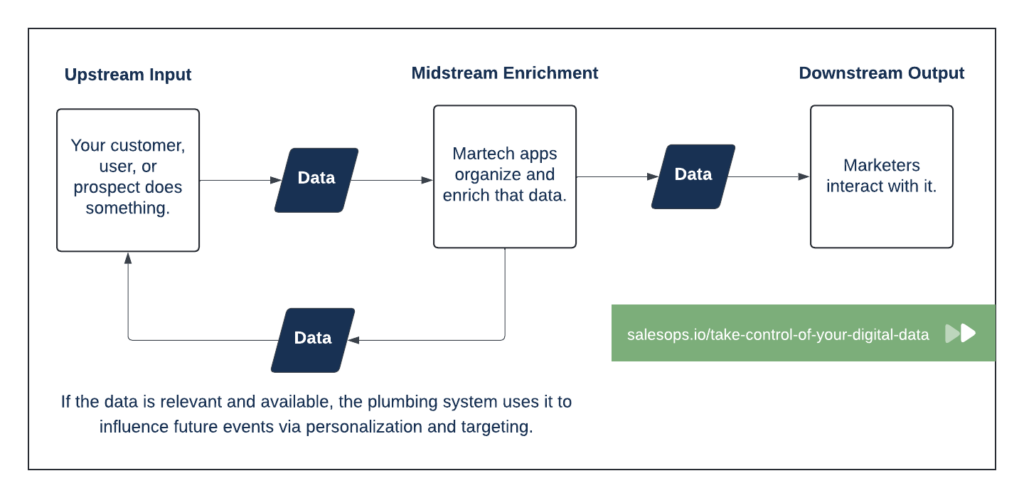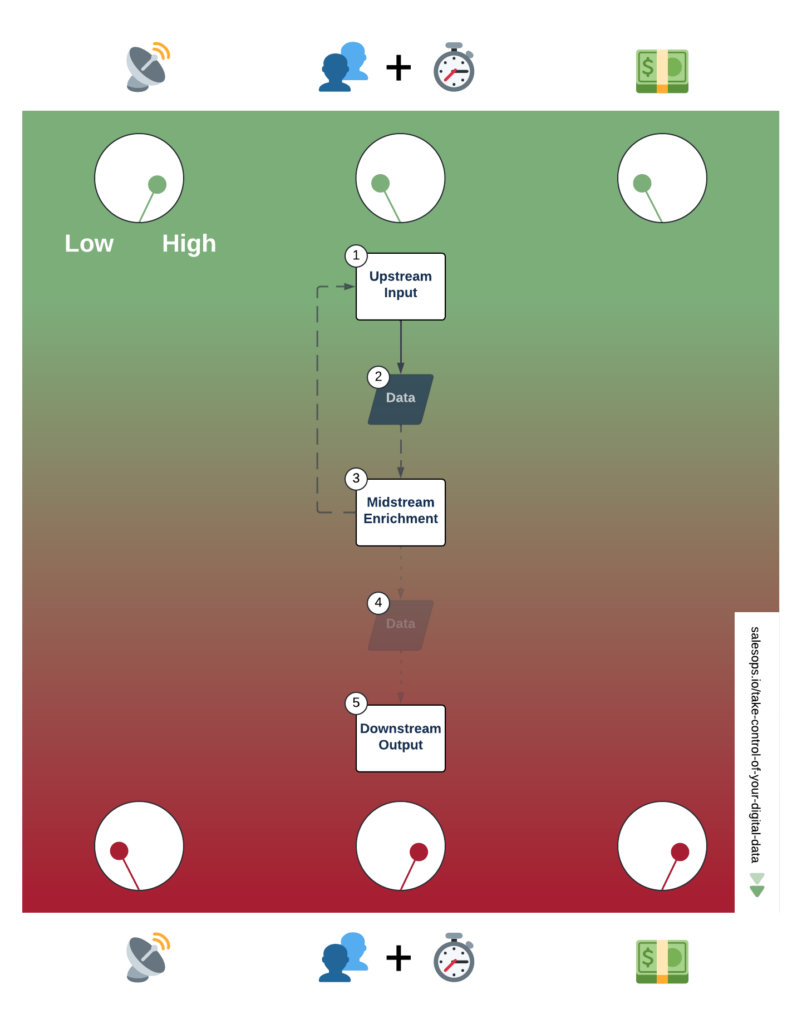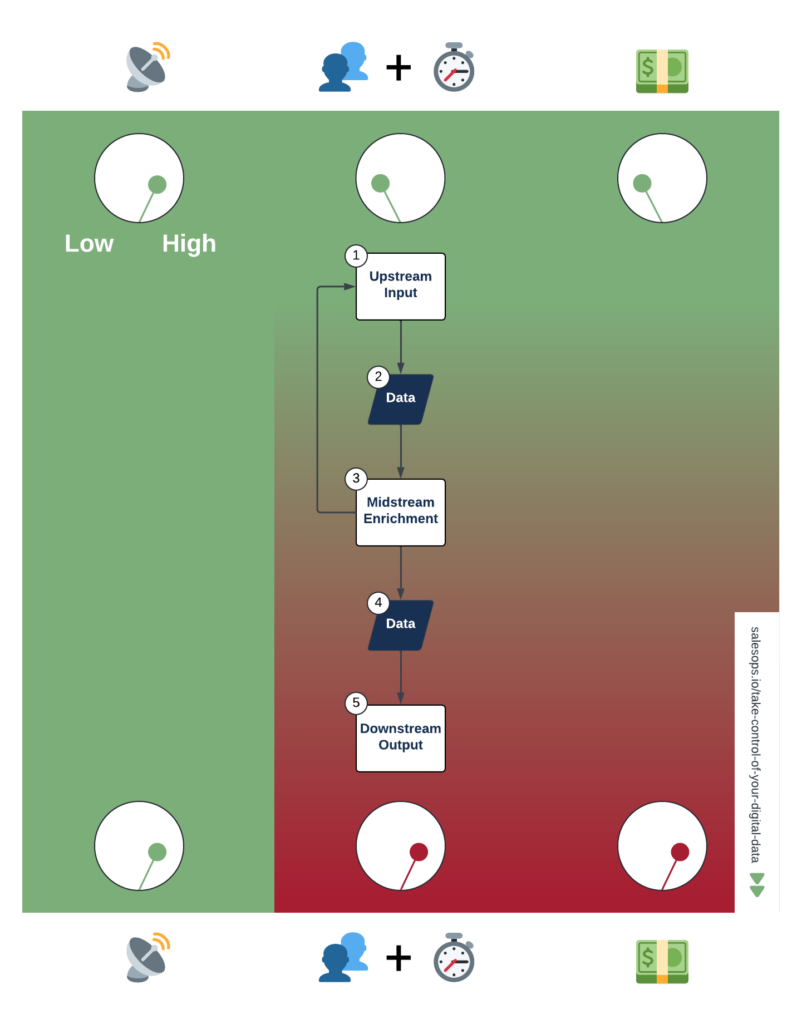Dial It In: Take Control of Your Digital Data

Article Highlights
Understanding LIGO’s Breakthrough
Initial Investment and Struggles
Consider the story of LIGO, a project built to detect gravitational waves. With an initial budget of nearly $300 million, the instruments went live in 2002. For eight years, the team detected absolutely nothing.
The Breakthrough Moment
In September 2015, after spending another $200 million, v.2 of LIGO went live. And almost immediately, the team detected a signal:
1.3 billion years ago, two black holes, each about 30x larger than our sun, merged into one singularity. Like a trampoline snapping back into place after a gymnast’s routine, that event created a wave in the fabric of spacetime, a wave that shot out in a huge, ever-expanding sphere at speed of light, a wave that would reverberate throughout the universe for trillions and trillions and trillions of years.
Eventually, this wave passed planet earth where it disturbed LIGO’s laser mirrors in Louisiana and Washington State. The scale of the change was unimaginably small – 1/10,000th the width of a single proton, which itself is 1/100,000th the width of an atom – but it was more than enough.
And so now we know: Einstein was right about all the things that count. Good on him.
Overcoming Early Challenges
Given its early frustrations, it’s a small miracle that v.2 of LIGO was funded at all. (TYVM for your service, NSF.) Most marketing teams work like the 2002-10 LIGO pioneers, sacrificing enormous amounts of time and money to a signal-poor reality. Complaints like these are so common as to be nearly absolute in our conversations:
“We’re having data visibility and accurate reporting issues.
“ … and we’re having trouble with ad effectiveness.
“Oh, and our tools aren’t communicating with one another.”
No big deal. We just can’t see much, make good decisions, or spend intelligently or effectively. In other words, we just can’t “do” the critical work of marketing (at least, not as well as we could).
In LIGO’s case, the original instruments weren’t sensitive enough. Gravitational waves are all around us all the time. The v.1 instrumentation just had trouble detecting small-scale disturbances. Fix that, get this: a tidy little 35-250 Hz crescendo, making a big statement, from a long, long way away.
In the case of marketing teams, we have our issues because our time, budgets, and signal quality are drastically misaligned.
Let’s explore.
Challenges in the Martech Ecosystem?
What is Martech?
At its most basic level, digital marketing technology (“martech”) is nothing more than a system of cross-property event flows with user interfaces periodically laid on top.
Martech’s plumbing system has an upstream/midstream loop of inputs and enrichments and a downstream reporting output. People and servers perform actions (“events”). Those move between websites and applications (“properties”) via a virtual plumbing system composed of cross-domain scripts, image pixels, server-side connections, APIs, and other “pipes.”
Common Martech Issues
At different points in this complex plumbing system, marketers interact with event data using one or more “water meters” (dashboard UIs).

This is a fairly simple system (at least on the macro level), but it’s also a fragile one. The simplicity of the system has helped it endure for three decades, but technical and regulatory changes are putting substantial pressure on key system components.
In short, martech’s shadow plumbing system is starting to show its age.
This is why marketing teams have data visibility and accurate reporting issues. It’s why they have trouble with ad effectiveness. And it’s why marketing tools don’t communicate with one another.
It also leaves businesses in a chronic state of misalignment:
When digital signal quality is weakest, your team engages in its highest-touch, most cost-intensive activities: evaluating, making decisions, planning, and putting your marketing budget to work.
Let’s visualize it.

- High-fidelity marketing data flowing from a website or app begins making its way to marketers. This process is highly automated. It’s low touch for most marketers, and transmission costs you relatively little (if anything).
- Milliseconds after your user, customer, or prospect interacts with your website or app, signal quality decreases at least 20-30%: a figure that corresponds with the rough percentage of people using browsers that disable cross-domain scripts by default (Firefox, Safari, Brave, &c).
- Additional midstream disruptions involving a series of technical touchpoints steadily reduces signal quality even further. In addition to negatively impacting downstream reporting, writing spotty data back to the upstream also undermines content personalization and ad targeting in the upstream.
- By the time it reaches your team, data signal quality is now a faint echo of what it once was.
- Marketers spend most of their time here in the downstream, where signal quality is weakest and costs are highest. Paradoxically, as signal quality decreases, time demands and spending increase.
Solutions for Effective Martech Management
Taking Control of Digital Data
In this reality, it’s important for marketers to take control over what I think of as “atomic-level” digital marketing data: pageviews, acquisition intel, and other web property actions. These are the basic, granular units of marketing “matter,” the fundamental “atoms” that help us make effective decisions and spend wisely (and without which there are no chains of meaning).
Lacking this level of data independence, marketers risk acting as passive renters of low-quality versions of their own data. By moving from a pixel and tag, they-do-it-for-us mindset to an ownership one, marketers can ensure no one generates better data from their own web properties than they do themselves. And they can write that high-quality intel to critical endpoints like CRMs, analytics tools, and ad campaigns.
Achieving Data Independence
By taking control of atomic-level digital marketing data, by capturing and “self-pixeling” data to ad campaigns and other critical endpoints, by ensuring no one generates better data from web properties than they do themselves — marketers can achieve a good deal of data independence. This independent, empowered position allows marketers to maintain consistent signal quality throughout the shadow plumbing system.
Nowhere is this more important than in the time- and cost-intensive downstream.
A simple visualization of this reordering follows:

By maintaining a consistently high digital signal quality throughout the martech plumbing system, your data, your team’s time, and your marketing budget all align.
You write better data back to the upstream so content personalization and ad targeting improve.
And your marketing team has the data it needs to do its best work when it’s engaged in high-touch, cost-intensive activities like evaluating campaigns, making decisions, planning, and putting your marketing budget to work.
Achieving Martech Success: The Path to Improved Performance
Regardless of the path you take or the tool/partner you choose to help you accomplish this end, I hope this post helps raise awareness about what I consider the biggest challenge facing marketing teams.
Solve it. Detect your own gravity waves. Hear your chirps. Confirm your theories of relativity. Do this, and you’re on your way to getting better business growth, building better economies, and fostering better lives.
Learn more about optimizing your martech stack and aligning your data, time, and budget. Visit SalesOps.io for insights and resources to help transform your marketing strategy.



